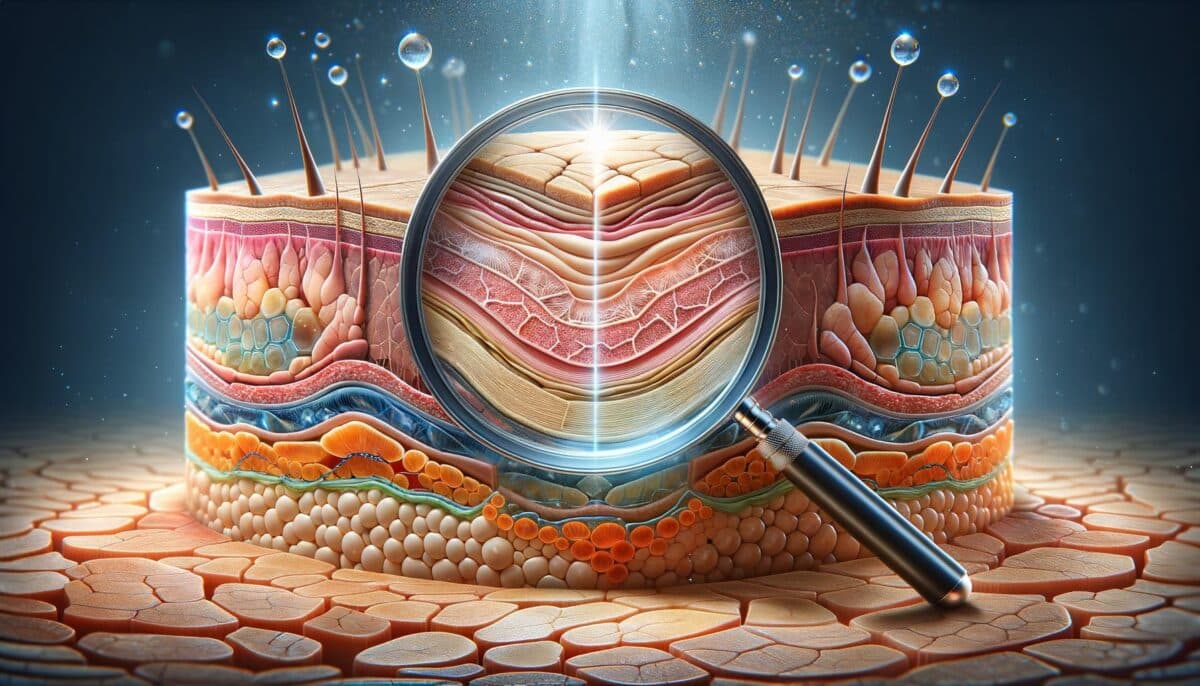Understanding Skin Tightening
Skin tightening is a process that aims to restore the skin’s firmness and elasticity, particularly in areas that may have sagged due to aging, weight loss, or other factors. Over time, the production of collagen and elastin—the proteins responsible for keeping skin tight—diminishes, resulting in the skin losing its youthful bounce and firmness. This is where various skin tightening treatments come into play, offering different approaches to renew and rejuvenate the skin’s appearance.
These treatments range from non-invasive procedures like laser therapy and radiofrequency to more intensive surgical options such as facelifts. While each method promises varying degrees of efficiency, it’s important to understand that the choice of treatment depends largely on individual skin types, conditions, and desired outcomes. This diversity allows for personalized treatment plans that can cater to a wide range of needs and preferences.
The Science Behind Skin Tightening Treatments
The effectiveness of skin tightening treatments lies in their ability to stimulate collagen production and improve skin texture. Non-surgical options often use energy-based devices to heat the deeper layers of the skin, which encourages new collagen formation. Some of the well-regarded non-invasive technologies include:
- Radiofrequency Therapy: Uses energy waves to heat the dermis, promoting collagen production.
- Ultrasound Therapy: Employs focused ultrasound energy to stimulate deep structural support layers.
- Laser Therapy: Targets the surface of the skin to enhance skin tone and texture.
Each technology has its unique advantages, with some being more suitable for specific skin concerns or types than others. Understanding these differences is crucial for selecting the most appropriate treatment to achieve the desired results.
Clinical Treatments Versus At-Home Solutions
When it comes to skin tightening, the options available can be categorized into clinical treatments and at-home solutions. Clinical treatments, usually performed by dermatologists or specialized practitioners, provide a professional level of care that might not be achievable with DIY methods. These treatments often have the advantage of advanced technology and are tailored to yield precise results.
In contrast, at-home solutions such as creams and devices offer convenience and accessibility, allowing individuals to maintain their skin’s firmness between professional appointments. While these options can be beneficial for minor skin concerns and maintenance, they typically require consistent use and may not provide the same depth of results as clinical interventions. Prospective users should evaluate their goals and budget when deciding between these options.
Benefits and Considerations
Skin tightening treatments are celebrated for their ability to rejuvenate and refresh tired-looking skin. Some benefits include:
- Improved skin elasticity and firmness
- Reduction in visible signs of aging
- Minimized appearance of wrinkles and fine lines
However, like any cosmetic procedure, there are considerations to keep in mind. For instance, non-invasive treatments may require several sessions over time to achieve optimal results, and the effects can vary based on individual skin conditions. Additionally, post-treatment care is essential for maintaining the results and ensuring the longevity of the effects.
Choosing the Right Skin Tightening Treatment
Selecting the most suitable skin tightening treatment involves careful evaluation of personal skin goals, available options, and potential risks. Consulting with a qualified practitioner is a beneficial step in this journey, as they can offer expert advice tailored to individual needs. They can also help in assessing the condition of the skin, discussing the realistic outcomes of each procedure, and planning an appropriate treatment regimen.
Furthermore, it is wise to consider any potential side effects and the downtime associated with certain procedures. While many non-surgical options boast minimal recovery time, surgical alternatives might require a more extended healing period. Balancing treatment expectations with lifestyle and commitments is essential for a smooth experience.
Conclusion
Skin tightening treatments present promising solutions to those seeking to refresh and revitalize their skin’s appearance. Whether opting for professional clinical procedures or utilizing at-home devices, achieving firmer skin is a feasible endeavor with varied paths catering to different needs. By understanding the science and options available, individuals can make informed choices to effectively address their skin’s unique requirements.
